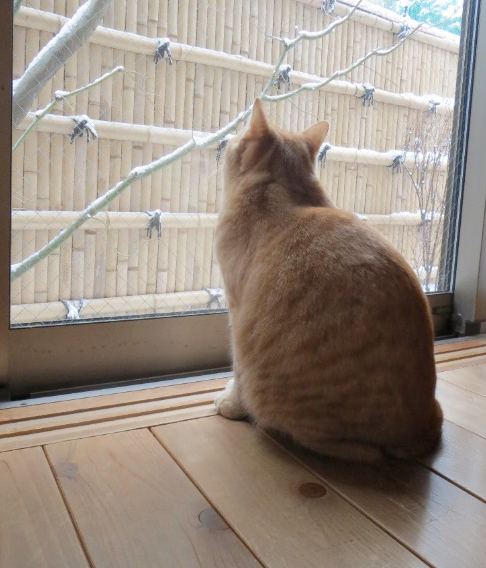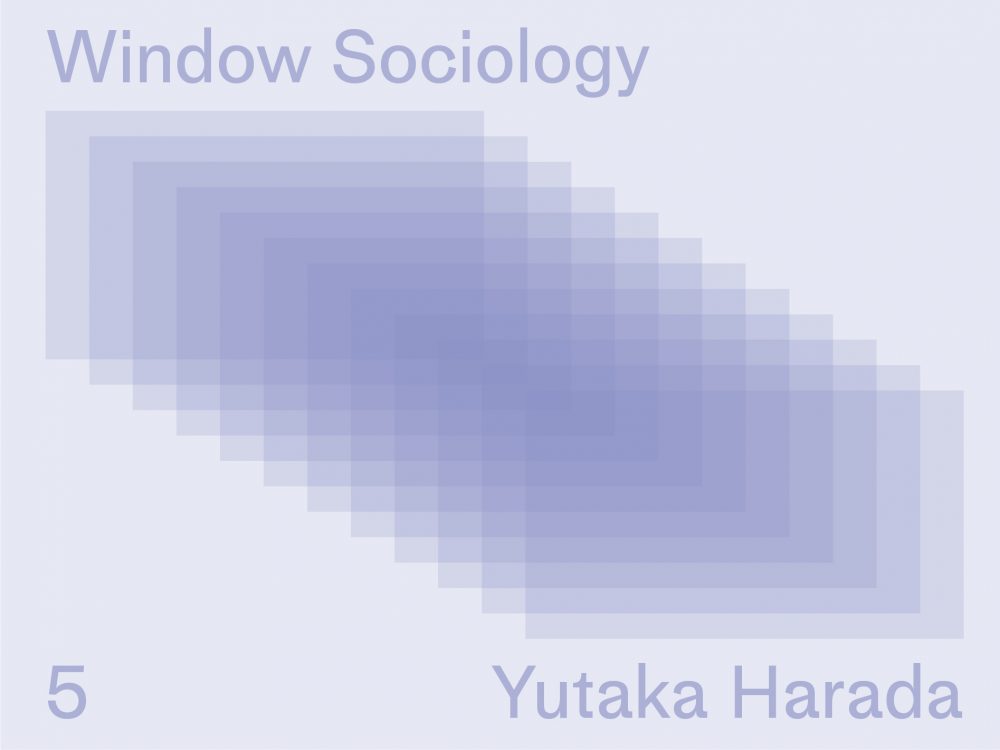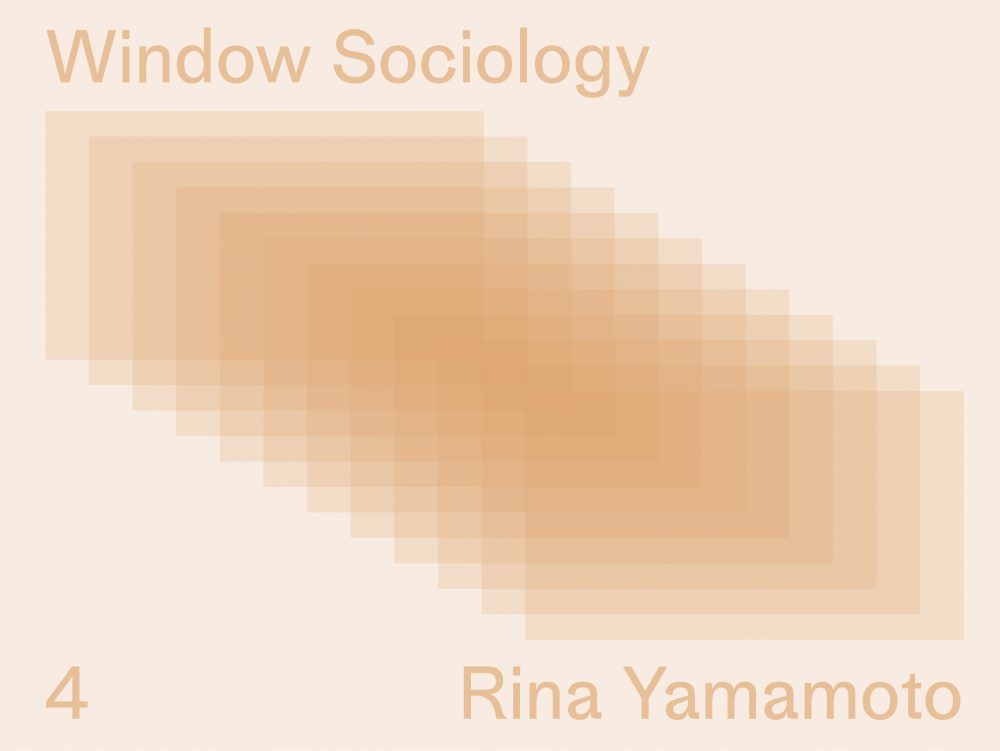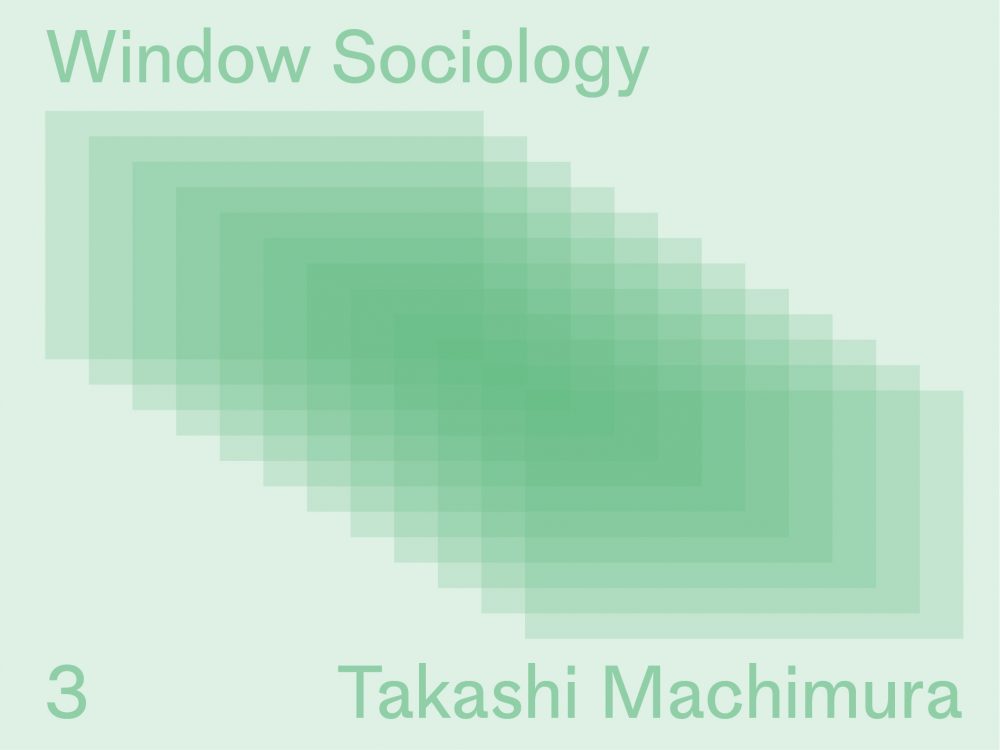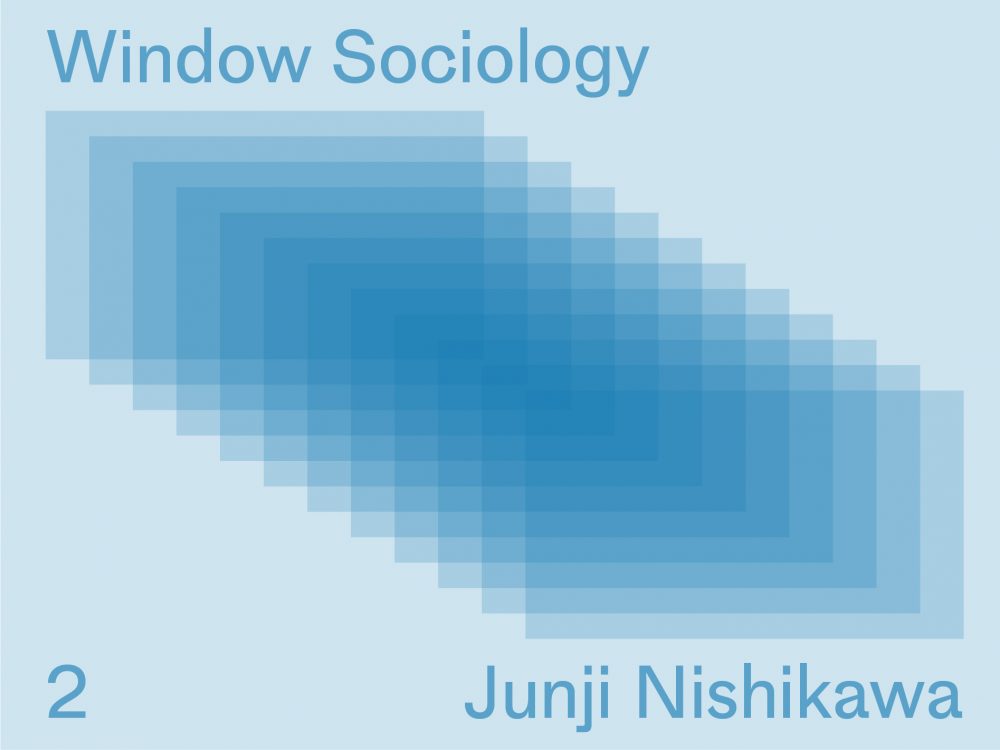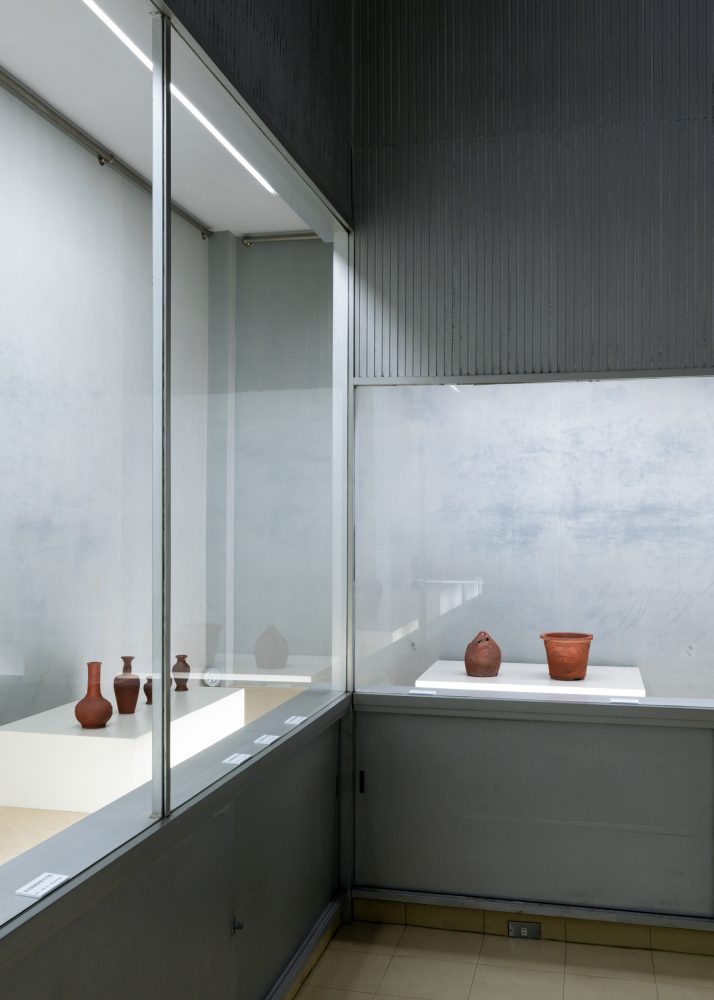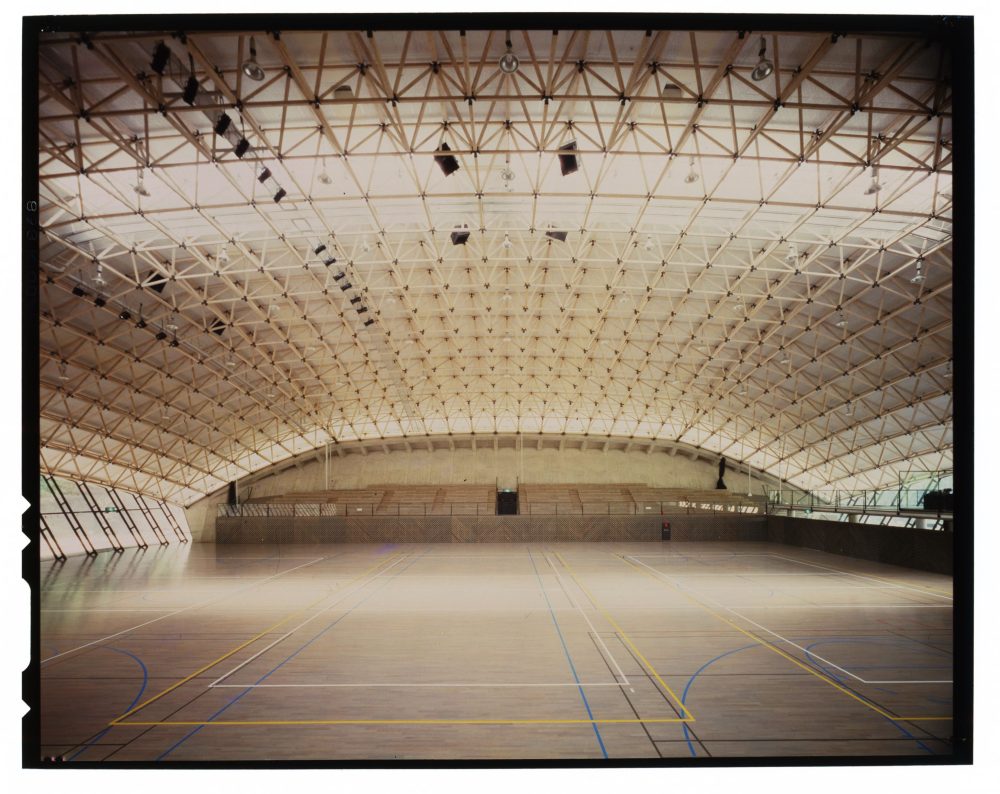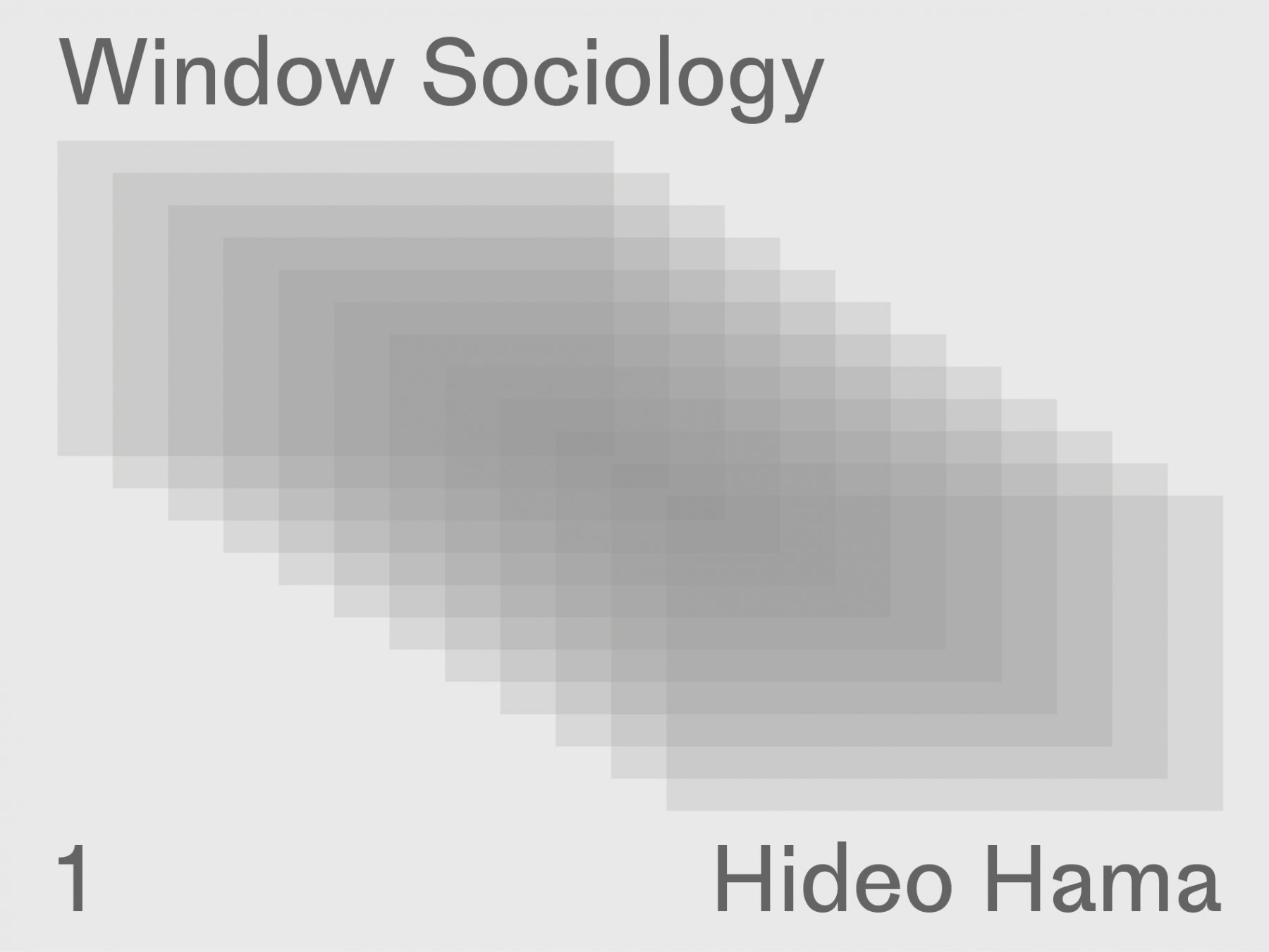
Windows as media
— why we find looking through windows intriguing?—
24 May 2019
We humans seem to enjoy the view we get from behind windows. Window seats on the bullet train, on an airplane, or in a café are always popular, and we cannot help but look out of window during a meeting or class. What is so tempting about looking out of a window?
Windows as media
By thinking of windows as “media” I would like to think through the reason why looking out of a window is so intriguing. Normally, the word “media” refers to mass media such as newspapers, magazines, radio, and TV; as such, some might find it strange to hear windows referred to as media.
Media is the plural of medium, a term originally meaning “something in the middle” or “in between,” often used to refer to something standing between a person and an object that mediates the experience of the subject. Broadly understood, widows are certainly a kind of media. Like other media, windows mediate relationships between humans and experiences between humans and objects. What kind of relationships between humans and experiences do windows-as-media produce?
Glass windows are transparent, and so we tend to believe that we see the same things with or without them. The reality, however, is that we do see things differently; or, put another way, we experience the same view differently with or without a glass window. How does our experience change when our view is mediated by a glass window?
A path for the eye
Sociologist Georg Simmel gives two features of a window when comparing it with a door. Both have similar functions in terms of separating and connecting the inside with the outside of the home. However, whereas the connection between the inside and outside produced by a door is bidirectional, the one produced by a window is one-directional, from the inside to outside: it is there for looking out, not looking in. Additionally, a door is that which we move in and out with our body while what passes through a window is our sight, a path for the eye. The characteristic of a window as media is that it connects the inside with the outside via the eye while physically separating the inside from the outside.
Panoramic perception—
the pleasure of looking out of windows
Now, what kind of experience does a window as media produce and how does that experience relate to the sense of pleasure one feels when looking out of a window? Two characteristics of this experience are the panoramic perception and the suspension of civil inattention. Both of these relate to the pleasure and temptation of looking beyond windows. First let’s examine the panoramic perception.
Wolfgang Schivelbusch asserted out that the newly emerged railway travel of 19th century changed traveler’s perception, a new perception he named panoramic perception. Before railway travel people normally traveled by stagecoach, with the scenery from the stagecoach windows spreading continuously from the foreground to the background; travelers themselves became part of the scenery as well. But, in railway travel, the foreground flies past and cannot be perceived because of its high speed. This “end of the foreground” separates travelers from the scenery they are watching. Thus, the travelers themselves became separate from the objects they watch, giving birth to a panoramic perception.
Both railroad and windows are technologies that were largely disseminated in the 19th century. Train cars were furnished with glass windows, without which the panoramic perception would not have been born. In fact, a glass window itself is functionally capable of producing this perception. When we look at the outside through windows while inside, we are already separated from the outside scenery in the same way that we look out from a railroad car. It is reasonable to imagine the birth of the panoramic perception as a byproduct of the synergistic effects of the railroad and windows. One source of amusement when looking out through windows is the pleasure that the panoramic perception provides us. When we look out from a window seat on the bullet train while sipping a beer we can enjoy the scenery of Mt. Fuji in the distance without any concern for the people working in the rice fields or in the nearby factories billowing smoke.
The suspension of civil inattention—
the temptation of looking through windows
Panoramic perception is the effect produced by having window technology lying between humans and objects. When we view an object without being filtered through a window we see it as an object that belongs to the same space with us. However, when we view an object through a window we are disassociated from the object and look at it from a different space. This being the case, how might the relationship between humans change when a window lies between us?
Let’s once again return to Simmel in order to think about how humans establish relationship without windows. He says,: “The eye cannot take unless at the same time it gives.” In face-to-face communication we cannot see the other without being seen by that other party. According to Simmel, the eye creates “a most perfect reciprocity.”
Things, however, are different in public spaces. We cannot go ahead if we look at each passerby and, first of all it is simply exhausting. No one does this. Passing strangers in a public space, we check each other to decide which side to avoid. While doing so we steal glances from the corner of our eyes, much, like the low beam of a car, until we pass each other and the other person is out of sight. Erving Goffman called this kind of attitude a “civil inattention,” the attitude that people politely pretend indifference while paying some attention to others. Relationships between humans in a public space are maintained by this civil inattention.
How will relationships change when a window sits between humans? The panoramic effect inherent in windows seems to work here, too. Just as the window separates humans from objects, when we gaze at someone from behind a window, we become separated from the people being seen. Civil inattention is halted in such a moment. When we stare at a passersby from inside a car, do we not gaze at them in a most ungracious way, a way that we would never do while walking on the street? It is here that we find the tempting aspect of looking through a window. Sitting in the front row on the second floor of London’s famous double-decker buses is a tourists’ dream. Certainly one reason for its popularity can be attributed to the good view from these seats, but I think another reason for its popularity is that ability to observe passengers without any restraint.
There are times when supplementary devices are added to windows that strengthen its panoramic effect. We can look outside without being seen if we darken the room we are sitting in, and we can look outside without being noticed if we pull down the blinds. Sunglasses are perhaps the most convenient device to look at someone unnoticed, and if you tint your car windows you can look at people walking by as much as you like.
Looking at others through a window surely gives us some kind of pleasure. But I would like to offer a warning: if we unilaterally pursue our desire to see others without being seen, the function of the “perfect reciprocity” that our eyes create will be lost.
Hideo Hama
Hideo Hama graduated from Osaka University Faculty of Human Science in 1976, where he pursued graduate studies at the same department until 1980. From there worked as lecturer and assistant professor at Niigata University College of General Education, and as assistant professor at University of Tsukuba Faculty of Humanities and Social Sciences. He is currently professor at Keio University Faculty of Letters. His specialty is History of Sociology and Sociology of Knowledge. He has contributed many articles to journals and books include: Sociology: Modernity, Self and Reflexivity. Yuhikaku, 2007, “Stopped Clocks” In Journal of law, politics, and sociology. Vol.90, No.1(2017.1): 75-90, Sociology: Concepts and Propositions. Yuhikaku, 2007.

